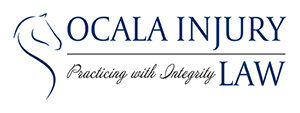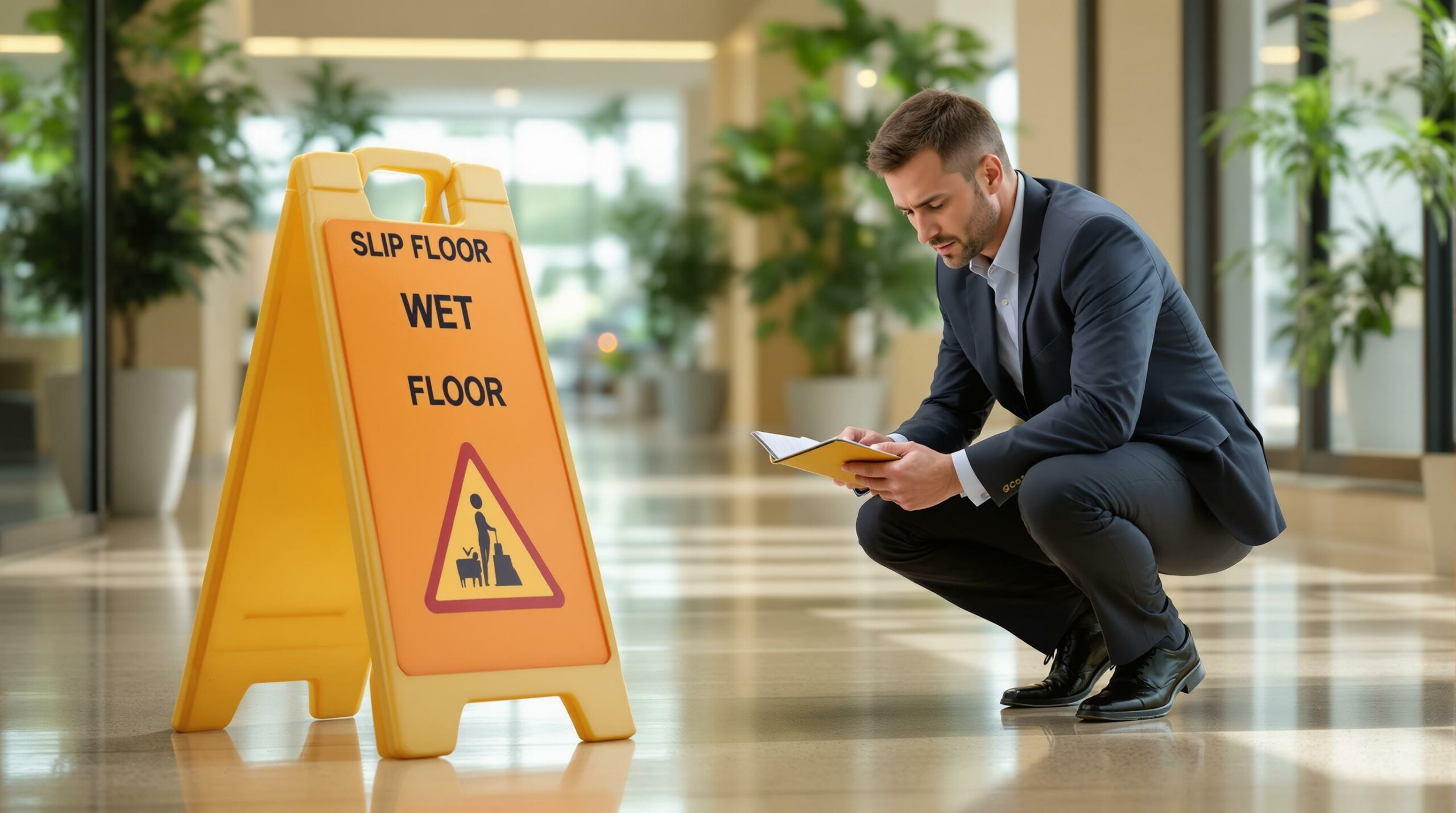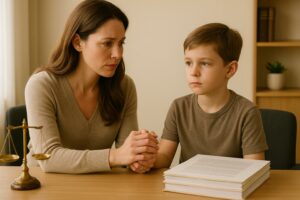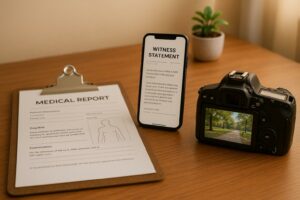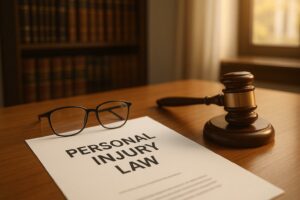Slip and fall accidents lead to over 1 million ER visits annually in the U.S. If you’ve been injured, proving the property owner’s negligence is key to securing compensation. Here’s what you need to know:
- Common Hazards: Wet floors, uneven surfaces, poor lighting, and outdoor risks like potholes.
- Proving Negligence: Show the property owner failed to maintain safety through 4 elements: duty of care, breach, causation, and damages.
- Gather Evidence: Take photos, collect witness statements, request security footage, and keep medical records.
- Legal Help: A slip and fall attorney can help gather evidence, negotiate with insurers, and calculate damages like medical bills, lost wages, and pain and suffering.
Act quickly to document the incident and consult a lawyer for the best chance at fair compensation.
Legal Requirements for Liability
This section breaks down the legal framework involved in proving liability in slip and fall cases.
Property Owner Responsibilities
Property owners are required to keep their premises safe for visitors by:
- Regularly inspecting for hazards
- Addressing maintenance issues promptly
- Using clear warning signs for hazards that can’t be immediately fixed
- Ensuring proper lighting
- Adhering to effective cleaning routines
"Property owners play a significant role in maintaining safe environments to prevent slip and fall accidents on their premises." – The Dominguez Firm
These obligations serve as the foundation for proving negligence by showing a failure to meet these duties.
Elements of Negligence
To prove liability in a slip and fall case, four elements must be established:
| Element | Description | Proof |
|---|---|---|
| Duty of Care | Obligation to ensure safety | Relationship between owner and visitor |
| Breach of Duty | Failure to uphold safety standards | Evidence of unsafe conditions |
| Causation | Direct connection to the injury | Accident details and documentation |
| Damages | Actual harm or losses incurred | Medical records and related expenses |
"Negligence occurs when one person fails to exercise the care we expect of an ordinary or reasonable person in that situation. This includes protecting others from reasonable and foreseeable harm." – FindLaw
Common Hazards and Risks
Certain hazards can highlight property owner negligence, such as:
- Uneven surfaces or neglected maintenance
- Wet floors without warning signs
- Debris showing poor cleaning practices
- Inadequate lighting leading to unsafe conditions
If it can be shown that the property owner knew – or should have known – about these hazards, it strengthens the breach of duty claim. For instance, a restaurant owner could be held accountable for a spill left unattended for an hour if their policy requires hourly inspections. Documentation like maintenance logs, incident reports, and inspection records can be critical in proving compliance with legal responsibilities.
Gathering Evidence
Collect evidence as soon as possible to thoroughly document the incident and establish negligence. This process is essential for proving liability.
Photos and Documentation
Photographs play a key role in building your case. Be sure to capture:
- The exact location and surrounding area from different angles
- Close-ups of the hazardous condition
- Wide-angle shots showing the overall context
- Any warning signs – or lack thereof
- Your injuries and any damage to clothing
When taking photos:
- Use flash in low-light conditions
- Ensure images are clear and in focus, avoiding filters
- Include a reference object for scale whenever possible
In addition to photos, gather witness accounts to strengthen your evidence.
Witness Information
| Action | Details to Collect | Best Practices |
|---|---|---|
| Initial Contact | Name, phone number, and email | Approach witnesses quickly while their memory is fresh |
| Statement Collection | Written or recorded accounts | Always ask for permission before recording statements |
| Follow-up | Preferred contact method, availability | Thank witnesses and maintain professional communication |
Document each witness’s observations about what they saw before, during, and after the incident. If there have been similar incidents in the past, include those details as well.
Security Footage and Reports
Video evidence can provide powerful support for your case. Here’s how to secure it:
-
Request Security Footage
Submit a written request right away, as many systems overwrite footage within 24–72 hours. -
File an Incident Report
Provide a detailed report including the time, exact location, environmental conditions, names of staff members present, and your immediate symptoms. -
Medical Documentation
Medical records are critical for showing the extent of your injuries and connecting them to the incident. Keep organized records of medical visits, bills, treatments, and medications to complete your evidence portfolio.
sbb-itb-68ed374
Common Legal Defense Tactics
Property owners often use specific strategies to dispute slip and fall liability claims. Knowing these tactics can help you prepare a stronger case and effectively counter their arguments.
Shared Fault Claims
One common defense is claiming the injured party shares responsibility for the accident under comparative negligence. This can reduce the compensation you receive based on your level of fault. Here’s how you can respond:
| Defense Argument | Counter Strategy | Supporting Evidence |
|---|---|---|
| Victim wasn’t paying attention | Provide clear photos of the hazard and lighting conditions | Photos showing the hazard and poor visibility |
| Ignoring warning signs | Show evidence of inadequate warnings | Photos of missing or unclear signage |
The ability to recover damages depends on your state’s negligence laws. Some states may prevent recovery if you are even slightly at fault, while others allow compensation even when responsibility is shared. These nuances are important as you prepare for other potential defenses.
Obvious Hazard Defense
Another tactic is the "obvious hazard" defense, where property owners argue that the hazard was so apparent that they shouldn’t be held liable. However, this doesn’t always absolve them of responsibility.
"The obvious nature of a danger is not, in and of itself, sufficient to establish that the owner of the premises on which the danger is located is not liable for injuries caused thereby, and that although obviousness of danger may negate any duty to warn, it does not necessarily negate the duty to remedy." – Dan Kramer, Teresa Johnson, and Brandon Salumbides
To counter this argument:
- Prove the hazard wasn’t as obvious as claimed.
- Demonstrate that encountering the hazard was unavoidable.
- Show the property owner failed to take reasonable steps to address the risk.
Linking Injuries to Accidents
Property owners may also question whether your injuries were directly caused by the slip and fall. To address this:
- Seek medical attention immediately after the incident.
- Keep detailed records of your treatment.
- Document any pre-existing conditions thoroughly.
- Obtain expert testimony to link your injuries to the accident.
Working with a Lawyer
Once you’ve gathered evidence, an experienced attorney can help transform it into a strong case. A slip and fall lawyer plays a crucial role in guiding you through legal complexities and working to secure the compensation you deserve.
Why Legal Help Matters
Slip and fall attorneys bring valuable knowledge to premises liability cases. Here’s how they can assist:
| Area of Assistance | How Lawyers Help | Case Impact |
|---|---|---|
| Evidence Collection | Collecting incident reports, medical records, and maintenance logs | Strengthens liability proof |
| Legal Expertise | Interpreting duty of care and comparative negligence | Builds a solid case foundation |
| Insurance Negotiations | Avoiding low settlement offers and managing communication | Improves settlement outcomes |
| Expert Coordination | Working with professionals to validate damages | Supports damage claims |
With their expertise, your lawyer will also evaluate the full scope of your damages to ensure nothing is overlooked.
Calculating Compensation
Lawyers aim to recover damages for various losses, including medical bills (current and future), lost wages, rehabilitation costs, pain and suffering, emotional distress, and reduced quality of life. They often collaborate with expert witnesses to assess long-term effects, especially for permanent injuries or disabilities, ensuring all possible damages are accounted for.
Settlement vs. Trial
Most slip and fall cases are resolved through settlements, as only about 4% of tort cases proceed to trial. Understanding the differences between these options is important:
| Factor | Settlement | Trial |
|---|---|---|
| Timeline | Typically concludes 9+ months after treatment | May take several years |
| Cost | Lower legal fees | Higher court and expert witness costs |
| Outcome | Guaranteed resolution | Uncertain but could yield more |
| Stress Level | Generally less stressful | More demanding |
Several factors can influence whether to settle or go to trial:
- Medical Status: Wait until you’ve reached maximum medical improvement (MMI) to ensure all costs are included in the settlement.
- Insurance Behavior: If the insurer acts in bad faith or offers unfair compensation, trial may be necessary.
- Evidence Strength: The quality and amount of evidence can determine the best course for achieving fair compensation.
Slip and fall attorneys typically work on a contingency basis, taking 30% to 40% of the settlement. This arrangement means you don’t pay upfront fees, and their success is tied to yours.
Conclusion
Key Points to Build a Strong Case
Proving liability in slip and fall cases hinges on four main elements, each supported by clear evidence:
| Key Component | Evidence Needed | Why It Matters |
|---|---|---|
| Hazard Documentation | Photos, videos, incident reports | Establishes the existence of a dangerous condition |
| Medical Records | Treatment notes, bills, prognosis | Connects your injuries to the accident |
| Witness Support | Statements, contact details | Confirms details of the incident |
| Property Records | Maintenance logs, inspection reports | Highlights potential negligence in property upkeep |
These elements are crucial for building a strong foundation for your claim.
Why Legal Help Matters
Understanding what strengthens your claim is only part of the process. Expert legal guidance is essential to prove that the property owner either knew – or should have known – about the hazard and failed to address it. The Ocala Injury Law team emphasizes the importance of acting quickly to assess your claim’s potential.
Here’s what to focus on:
- Collect evidence as soon as possible
- Keep detailed records of all medical treatments and expenses
- Organize all communications and related documents
Falls are the leading cause of injury-related deaths in Florida. Knowing your rights and working with a skilled attorney can help ensure your case is evaluated properly and increase the likelihood of securing fair compensation for your injuries.
